QuestionMy two anoles, purchased at separate times, appear to be building a nest...I didn't know they made nests, but my son-in-law says they do...I would like to put some vermiculite or dirt in their cage, but he says its not the thing to do...so, what should I do? And, if they produce eggs, what, please, are specifics toward hatching and caring for babies? Thanks so much for your help. I have no idea how old they are, they both eat well and seem happy. I also notice that one has a very bluish cast while the other will turn a brilliant green...is this normal?
AnswerWell, no, they don't really build a nest per se...have you seen the female trying to dig?
The female will dig a shallow hole to lay her eggs in (she will lay 2), and then cover them back up. Since females sometimes retain eggs and can become egg bound if they can't find a good place to lay them, I recommend putting in a small butter tub with damp coconut fiber or soil (no vermiculite or perlite).
Make sure they're getting plenty of calcium (dust the insects at every feeding), and that your UVB light is less than 6 months old, if you're using a fluorescent rather than a mercury-vapor. It's important for the female to have plenty of calcium and D3 if she's going to produce eggs.
As for incubating them, you'll really need an incubator for that, and a thermostat to control it. A HovaBator still air model will work fine, and I've seen them as low as $40. Just be sure to get it before you find eggs, as you'll need a few days to stabilize the temperatures if you use the included wafer thermostat. Incubate at 85 to 90F (aim for 88F). They will take 55 to 90 days to hatch. The female may lay clutches every 3 weeks once she gets going, producing 6 to 8 clutches in a season.
You'll probably want a small ZooMed glass vivarium, the kind with the front opening door. A 12 X 12 would be ok. They will hatch out incredibly tiny. Feed them flightless fruit flies dusted with calcium, and Repashy crested gecko diet. Keep temps and UVB the same as the adults.

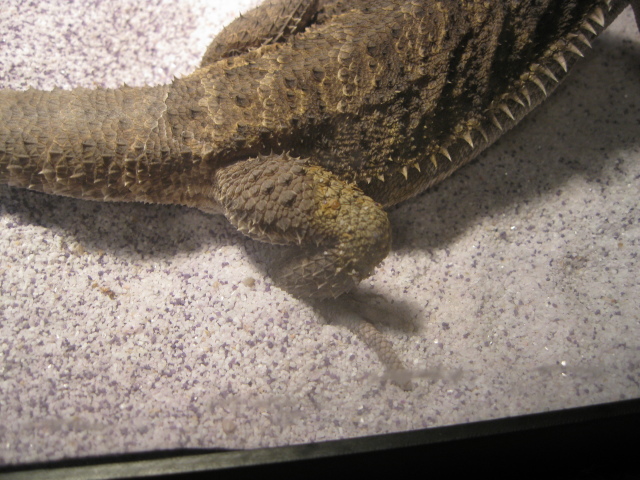 Skin
QuestionBack leg
QUESTION: I just discovered tod
Skin
QuestionBack leg
QUESTION: I just discovered tod
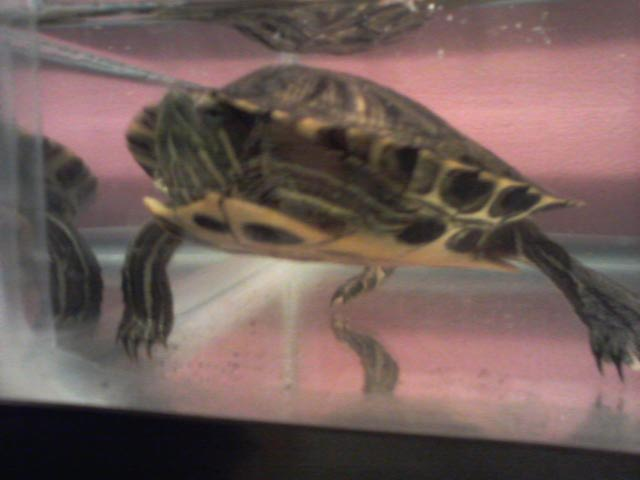 HELP!!!
QuestionMy RES Turtle
The Tank
QUESTION:
HELP!!!
QuestionMy RES Turtle
The Tank
QUESTION:
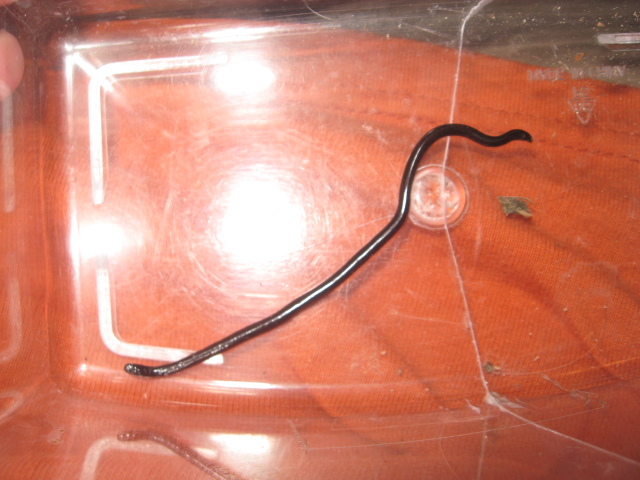 Small Black Snake/Worm
Question
Snake/Worm
Hello, my sisters were in the backy
Small Black Snake/Worm
Question
Snake/Worm
Hello, my sisters were in the backy
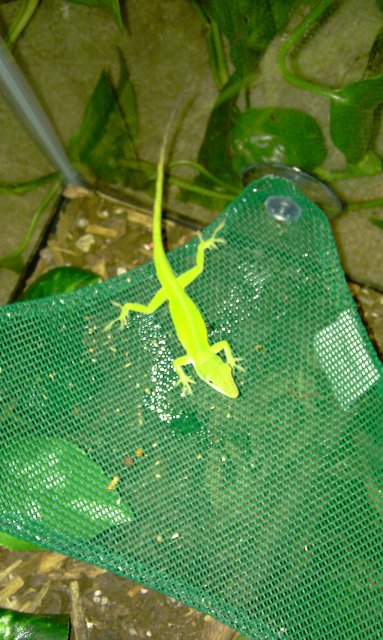 anole
Questionmy anole
QUESTION: my green anole isnt e
anole
Questionmy anole
QUESTION: my green anole isnt e
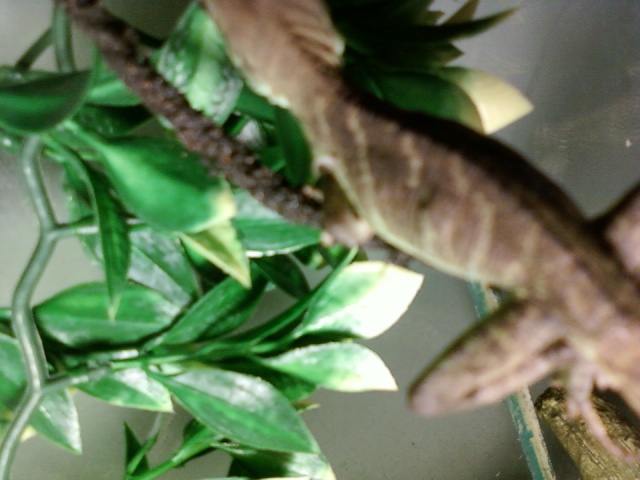 Chinese Water Dragon Broken Rib??
Question
Side Lump
Hi,
My fiance and I have a chinese w
Chinese Water Dragon Broken Rib??
Question
Side Lump
Hi,
My fiance and I have a chinese w